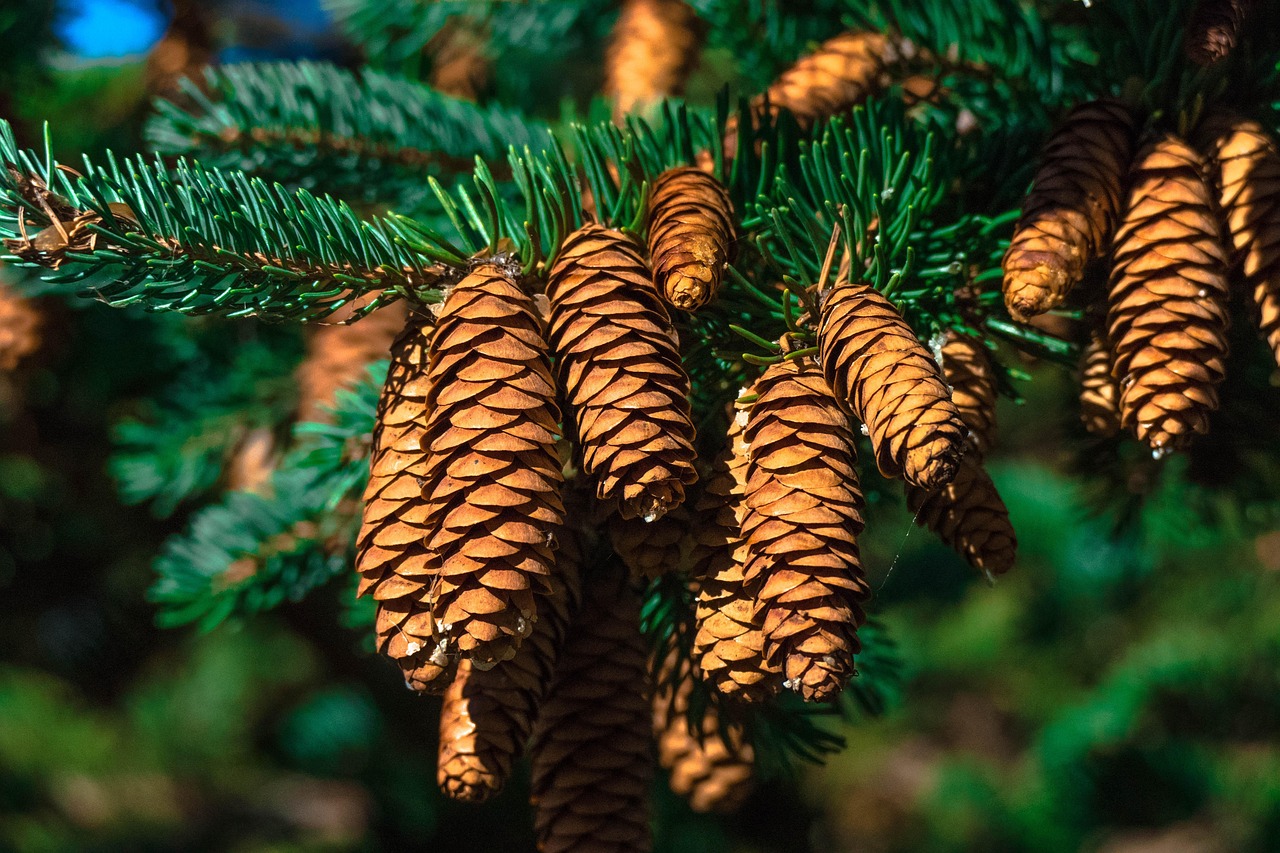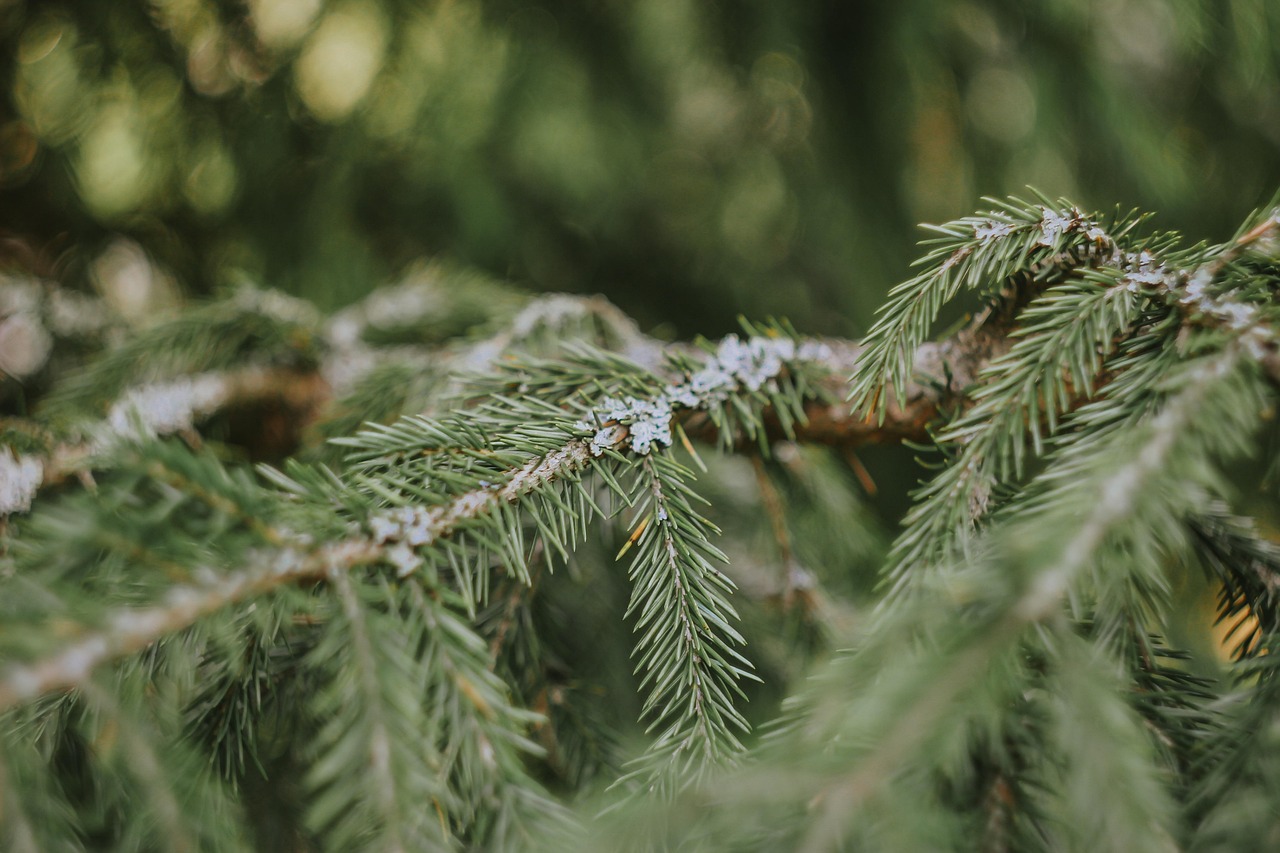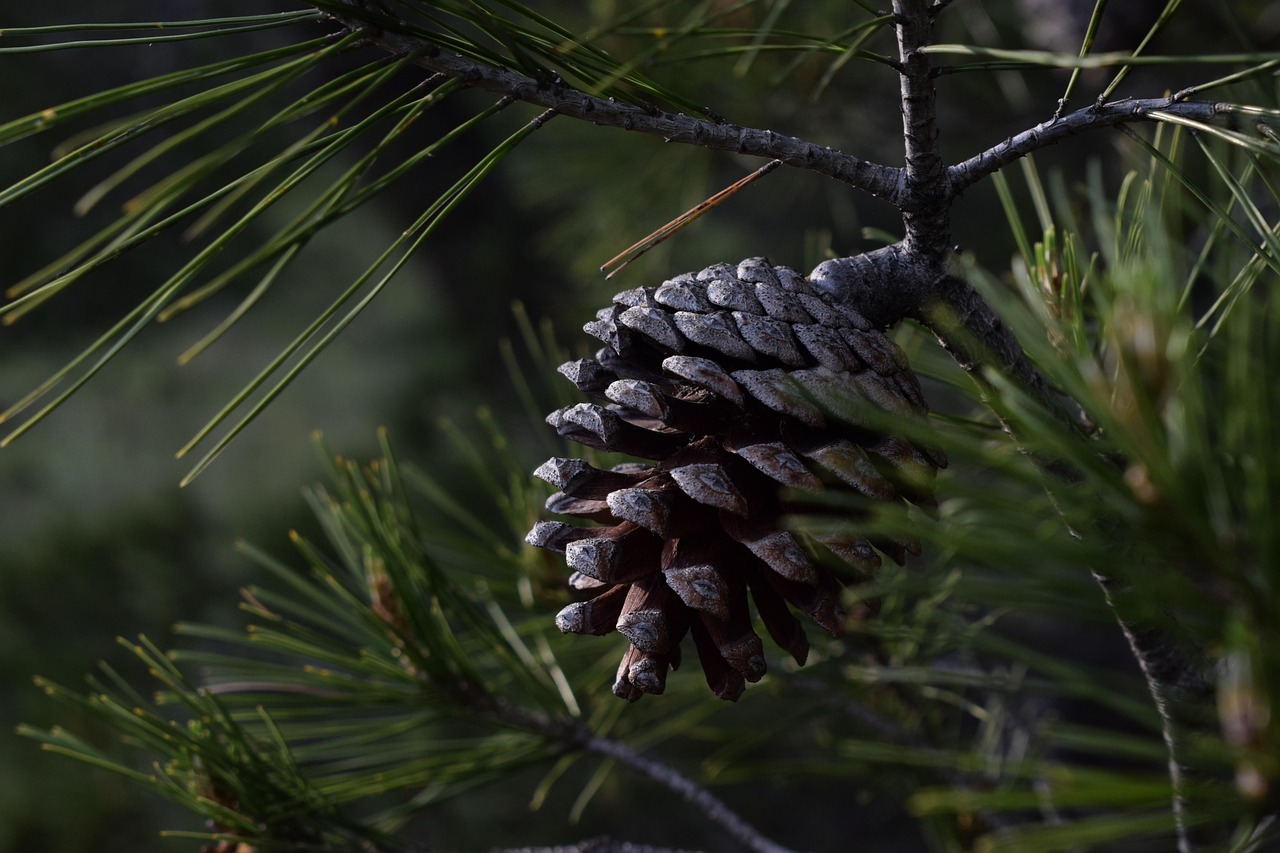Pine tree removal requires careful planning and execution to ensure safety and effectiveness. Knowing the right techniques, tools, and safety measures can make the process smoother. It is essential to assess the tree’s condition, plan the fall direction, and follow proper cutting methods to avoid accidents.
Understanding Pine Trees

Pine trees are popular in many landscapes due to their aesthetic appeal and ability to thrive in various environments. However, as they grow, they can pose risks to nearby structures and people, especially when they become diseased or damaged. Understanding the characteristics of pine trees can help homeowners make informed decisions about their removal.
Pine trees belong to the genus Pinus and are known for their needle-like leaves and cone-bearing characteristics. They can grow quite tall, often reaching heights of 50 to 150 feet, depending on the species. Some common types of pine trees include:
- Eastern White Pine
- Scots Pine
- Ponderosa Pine
- Lodgepole Pine
While pine trees can enhance the beauty of a landscape, they also require maintenance. Over time, factors such as disease, pest infestations, or environmental stress can weaken them. Recognizing when a pine tree may need removal is crucial for maintaining safety in your yard.
When to Consider Pine Tree Removal
There are several indicators that a pine tree may need to be removed. These include:
- Dead or Dying Tree: If the majority of the tree appears brown or has lost its needles, it may be dead.
- Structural Damage: Cracks or splits in the trunk can weaken the tree and make it prone to falling.
- Pest Infestation: Insects such as bark beetles can compromise the tree’s health.
- Root Issues: If the roots are decaying or damaged, it can lead to instability.
Before deciding to remove a pine tree, it is advisable to consult with a certified arborist. They can provide expert insight into the tree’s health and recommend whether removal is necessary. This step is essential for ensuring that you are making an informed decision based on the tree’s condition.
Preparing for Removal
Preparation is key when it comes to safely removing a pine tree. It involves assessing your environment and gathering the appropriate tools. Here are some steps to take before beginning the removal process:
- Check Local Regulations: Some areas have restrictions on tree removal. Be sure to check with local authorities.
- Assess Surroundings: Identify nearby structures, power lines, and other trees that may be affected during removal.
- Gather Equipment: Essential tools include a chainsaw, ropes, safety gear, and a first aid kit.
Safety should always be the top priority during any tree removal project. Wearing protective gear such as helmets, goggles, and gloves will help reduce the risk of injury. Additionally, having a buddy system in place can provide assistance during the cutting process.
Tools Required for Pine Tree Removal
The right tools can significantly impact the efficiency and safety of pine tree removal. Below is a table outlining common tools used, along with their functions:
| Tool | Function |
|---|---|
| Chainsaw | Primary cutting tool for felling trees |
| Rope | Used for guiding the tree’s fall direction |
| Safety Gear | Protects against injuries during cutting |
Having these tools ready will ensure that you are prepared for the task ahead. As you proceed with your preparation, remember that understanding the risks involved in pine tree removal will lead to safer outcomes.
Techniques for Safe Pine Tree Cutting
When it comes to cutting down a pine tree, employing the right techniques is crucial for ensuring safety and minimizing damage. There are several established methods that can be used depending on the size and condition of the tree. Understanding these techniques will help you make informed decisions during the removal process.
The Notch Cut Method
The notch cut method is a widely used technique for felling trees safely. This method involves making two cuts on one side of the tree to create a notch, followed by a back cut on the opposite side. Here are the steps involved:
- Make the Notch Cut: Create a downward cut at a 45-degree angle, about one-third of the way through the trunk. This will form the top of the notch.
- Add a Bottom Cut: Make a horizontal cut that meets the end of the first cut. This creates a wedge-shaped notch.
- Perform the Back Cut: Move to the opposite side and make a horizontal cut slightly above the horizontal line of the notch. This will allow the tree to fall in the direction of the notch.
This technique helps direct the fall of the tree, making it safer and more predictable.
The Humboldt Method
Another effective technique is the Humboldt method, which is similar to the notch cut but has a few distinct differences. This method is particularly useful for larger trees or when there are obstacles nearby. The steps include:
- Create a Notch: Similar to the notch cut method, start with a notch on one side of the tree.
- Back Cut Above Notch: Instead of cutting directly across, make a back cut parallel to and above the notch. This creates a safe hinge that helps guide the tree as it falls.
The Humboldt method provides more control over the falling direction, which is especially important in tight spaces.
Safety Precautions During Tree Removal
Safety is paramount during any tree removal project. Here are some essential safety precautions to consider:
- Wear Protective Gear: Always wear helmets, goggles, gloves, and chainsaw chaps to protect against flying debris and accidents.
- Plan Escape Routes: Before cutting, plan your escape routes in case the tree falls unexpectedly.
- Work with Others: It is advisable to have at least one other person present during the removal process for assistance and safety monitoring.
- Be Aware of Surroundings: Watch for overhead power lines, nearby structures, and other trees that may affect your work.
Adhering to these safety precautions can significantly reduce risks associated with tree cutting.
Post-Removal Considerations

Once the pine tree has been successfully removed, there are several important post-removal steps to consider. Properly managing the aftermath will help maintain your landscape and ensure safety.
Stump Removal
The stump left behind can be an eyesore and may pose tripping hazards. Here are some options for dealing with stumps:
- Grinding: Using a stump grinder is one of the most efficient ways to eliminate a stump. It grinds down the stump below ground level.
- Digging Out: For smaller stumps, you can manually dig out the root system using a shovel and axe.
- Natural Decomposition: You can leave the stump to decompose naturally over time, though this may take years.
Lawn Care After Removal
The area where the tree was removed may require care to restore your lawn. Here are some tips:

- Fill in Holes: Fill any holes left by roots or stumps with soil to create an even surface.
- Sow Grass Seed: Once leveled, consider sowing grass seed or laying sod to re-establish your lawn.
- Water Regularly: Ensure that new grass or plants receive adequate water during their establishment phase.
Taking these post-removal steps will help maintain the beauty and safety of your landscape after a pine tree has been removed.
Hiring Professionals for Pine Tree Removal
While some homeowners may be inclined to remove pine trees themselves, hiring professionals can ensure a safer and more efficient process. Professional tree removal services bring expertise, proper equipment, and experience to the task. Here are some important factors to consider when deciding to hire a professional.
Benefits of Professional Tree Removal
There are several advantages to hiring experienced tree removal services:
- Safety: Professionals are trained to handle dangerous situations and operate heavy machinery safely, significantly reducing the risk of accidents.
- Expertise: Arborists understand tree biology, disease, and the best techniques for removal. Their knowledge helps in assessing tree health and potential hazards.
- Proper Equipment: Professionals have access to specialized tools and machinery that may not be available to the average homeowner.
- Insurance Protection: Reputable tree removal companies are insured, which protects you from liability in case of accidents or damage during the process.
Choosing a Tree Removal Service
When selecting a professional service for pine tree removal, consider the following tips:
- Check Credentials: Ensure that the company is licensed and insured. This protects you from any liability issues that may arise during the removal process.
- Read Reviews: Look for customer reviews and testimonials. Positive feedback from previous clients can indicate a reliable service.
- Get Estimates: Obtain multiple estimates from different companies. This will help you compare prices and services offered.
- Ask About Procedures: Inquire about their methods for tree removal and stump grinding. A reputable company should be willing to explain their process thoroughly.
Environmental Considerations
Pine tree removal can have environmental impacts. It is essential to consider these factors while planning the removal process.
Impact on Local Ecosystem
Pine trees contribute to local ecosystems by providing habitat and food for various wildlife species. Removing a tree can disrupt these habitats. Therefore, assessing the impact on the local ecosystem before removal is crucial.
- Wildlife Habitat: Consider whether the tree serves as a home for birds, insects, or other animals. If so, you may want to wait until after nesting season to remove it.
- Soil Health: Trees play a role in maintaining soil quality. Their roots help prevent erosion and retain moisture in the ground.
- Carbon Sequestration: Trees absorb carbon dioxide, contributing to cleaner air. Removing trees may affect local air quality temporarily.
Sustainable Practices
If pine tree removal is necessary, consider implementing sustainable practices:
- Replanting: After removal, consider planting new trees in place of the removed pine tree to maintain ecological balance.
- Utilizing Wood: If the tree is healthy, consider using the wood for furniture or building projects instead of disposing of it.
- Composting: Use the branches and leaves as mulch or compost material, returning nutrients to the soil.
By adopting sustainable methods, you can minimize the negative impacts of pine tree removal on the environment while enhancing your landscape’s overall health.
Cost Factors in Pine Tree Removal

The costs associated with pine tree removal can vary significantly based on several factors. Understanding these factors will help you budget appropriately for your project.
- Tree Size: Larger trees typically require more time and resources to remove, leading to higher costs.
- Location: Trees situated near structures or power lines may increase removal complexity and costs due to added risks.
- Stump Removal: If stump grinding or removal is included in the service, this will add to the overall expense.
- Access: If the site is difficult to access, it may require specialized equipment, increasing costs.
Getting multiple quotes and discussing these factors with potential service providers will give you a clearer understanding of what to expect financially.
Maintenance Tips for Pine Trees
While some pine trees may need to be removed due to safety concerns, others can be preserved with proper care and maintenance. Regular maintenance can enhance the longevity and health of your pine trees, preventing the need for future removals. Here are some essential tips for maintaining healthy pine trees:
- Regular Inspections: Check your pine trees regularly for signs of disease, pests, or structural damage. Early detection can save you from costly removal later.
- Proper Watering: Ensure that your pine trees receive adequate water, especially during dry spells. Deep watering is preferable as it encourages deeper root growth.
- Mulching: Applying mulch around the base of the tree helps retain soil moisture and suppress weeds. It also provides nutrients as it decomposes.
- Pruning: Regular pruning helps remove dead or diseased branches and improves air circulation within the tree’s canopy.
By consistently applying these maintenance practices, you can help your pine trees thrive and avoid potential issues down the line.
Alternative Solutions to Tree Removal
In some instances, removing a pine tree may not be necessary. There are alternative solutions that can address concerns without resorting to removal. Here are some options to consider:
- Tree Cabling and Bracing: This technique involves installing cables or braces to support weak branches or trunks, reducing the risk of breakage during storms.
- Pest Control: If a tree is infested with pests, professional pest control services can help manage the problem without removing the tree.
- Disease Management: Consulting an arborist for treatment options can often save a tree suffering from disease.
Exploring these alternatives may provide a viable solution while preserving the tree’s benefits in your landscape.
Final Thoughts
Pine tree removal is a significant undertaking that requires careful consideration of safety, environmental impact, and costs. Understanding when to remove a tree, how to do it safely, and the benefits of hiring professionals can make the process more manageable. Additionally, maintaining healthy trees through regular inspections and care can prolong their lifespan and prevent removal.
As you navigate the challenges and decisions surrounding pine tree care and removal, remember that each tree plays a vital role in your landscape. Whether you choose to maintain or remove a tree, making informed choices will lead to a safer and more beautiful environment.
The information provided in this guide aims to equip you with the knowledge necessary for effective and safe pine tree management. Should you face any uncertainties or complex situations, consulting with certified professionals can provide valuable insights and assistance, ensuring that you make the best decisions for your property.
